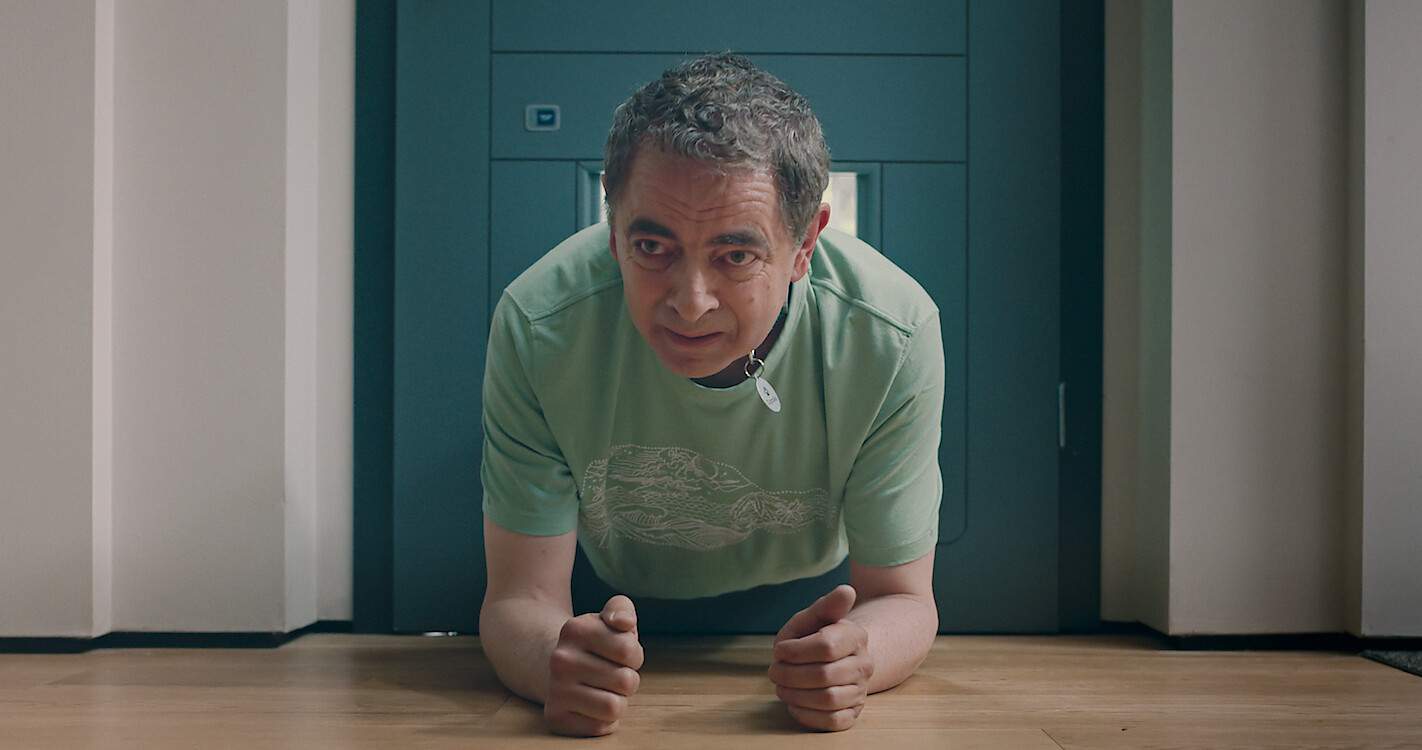A dog will usually chase after a bee, leading to potential harm to both the dog vs bee. This behavior can be dangerous for dogs and the environment.
To avoid this, dog owners can train their dogs to respond to verbal commands or provide them with other suitable distractions. It is also important to educate ourselves and others on the role bees play in the ecosystem and the dangers they face. By doing this, we can ensure our furry friends are safe while also preserving the natural balance around us.

Credit: www.netflix.com
Understanding The Rivalry
Dogs and bees have a mutual rivalry that is often misunderstood. The reason why dogs chase bees is a combination of their natural hunting instincts and the bees’ presence in the dog’s environment. However, the threat of bee stings for dogs is often overlooked.
Bees defend their colonies against predators with their stingers, which can cause severe allergic reactions in dogs. It is essential to keep dogs away from bees to avoid potential harm. On the other hand, bees are exceptional pollinators and play a crucial role in the ecosystem. It is crucial to understand their value and not perceive them solely as a threat. It is essential to manage the rivalry between dogs and bees responsibly.
Biology Of Bees And Dogs
Dogs and bees are two vastly different creatures, each with their own unique anatomical and behavioral traits. Dogs, with their powerful jaws and keen sense of smell, are built for hunting and guarding. Bees, on the other hand, have stingers and complex communication systems that allow them to work cohesively in large groups.
Despite their differences, dogs often find themselves at odds with bees, and the physical challenges of their interactions can be quite severe. Some breeds of dogs seem more prone to bee stings than others, and pet owners need to be aware of these risks. Understanding the biology of bees and dogs is crucial for keeping our furry friends safe and happy.
Bee Stings And Dogs
Bee stings in dogs can cause a range of symptoms, including swelling, redness, and pain. Certain dogs may be at higher risk of being stung, such as those that are more curious or that spend a lot of time outside.
Treatment options include removing the stinger, applying ice, and administering antihistamines or steroids under the guidance of a veterinarian. In some cases, it may be necessary to seek medical attention. Signs that medical attention is needed include difficulty breathing, excessive swelling, or signs of an allergic reaction. It’s important to keep an eye on your dog if they’ve been stung by a bee and seek professional help if you have any concerns.
Training And Prevention
Training your dog to avoid bees is an essential aspect of being a responsible dog owner. One way to do this is by teaching them the “leave it” command. This command helps dogs to avoid any object, including bees that may be harmful to them.
Another way is by creating a dog-friendly outdoor environment, where they can freely play and explore without encountering bees. To prevent bee infestations in your yard, take action to remove any unused water sources and keep your garden trimmed. By keeping these simple prevention measures in mind, you can ensure your dog’s safety and avoid any unexpected bee stings.
The Ultimate Showdown: Dog Vs Bee
It’s an inevitable fact that dogs and bees will cross paths. But when these interactions turn hostile, what species will come out on top? In general, it’s safe to say that dogs have the upper hand due to their size and strength.
However, things start to even out when a bee sting is introduced. In some cases, a dog’s bark may be enough to ward off a bee, but if stung, the dog can have a violent allergic reaction. Knowing how to handle a dog vs bee emergency is crucial for pet owners.
Both dogs and bees serve important roles in the ecosystem, so understanding their potential impact is key. Overall, it’s important to take preventative measures to avoid any unnecessary confrontations between these two species.
Frequently Asked Questions On Dog Vs Bee
Who Would Win In A Fight, A Dog Or A Bee?
While dogs are much larger and stronger than bees, they can still get stung by a bee. So unless the dog is trained to ignore the bee, it’s likely the bee will win.
Can A Dog Be Allergic To Bee Stings?
Yes, dogs can be allergic to bee stings just like humans. It’s important to keep an eye out for any signs of an allergic reaction, such as swelling or difficulty breathing, and seek veterinary attention if necessary.
How Can I Prevent My Dog From Getting Stung By A Bee?
The best way to prevent your dog from getting stung by a bee is to keep them away from areas where bees are likely to be, such as blooming flowers. If you do see a bee near your dog, try to distract them and move them away from the bee.
What Should I Do If My Dog Gets Stung By A Bee?
If your dog gets stung by a bee, check for any signs of an allergic reaction and seek veterinary attention if necessary. You can also try to remove the stinger and apply a cold compress to the affected area to reduce swelling.
Are Bees Harmful To Dogs Besides Stinging Them?
Bees can be harmful to dogs besides stinging them if they are allergic. Additionally, if a dog accidentally eats a bee, it can cause an upset stomach or even blockage.
Conclusion
The age-old rivalry between dogs and bees continues, with each one having its strengths and weaknesses. Dogs excel in their attentive and loyal nature, making them the perfect companion for families and individuals alike. Bees, on the other hand, play a crucial role in maintaining the fragile balance of our ecosystem through pollination.
Despite their drastically different roles, dogs and bees are both animals that have a significant impact on our daily lives. While one may be viewed as a beloved pet and the other a nuisance, it is important to acknowledge the vital role each plays in our ecosystem.
Ultimately, whether you prefer a furry companion or admire the busy work of bees, we can all agree that both animals deserve our respect and protection.



